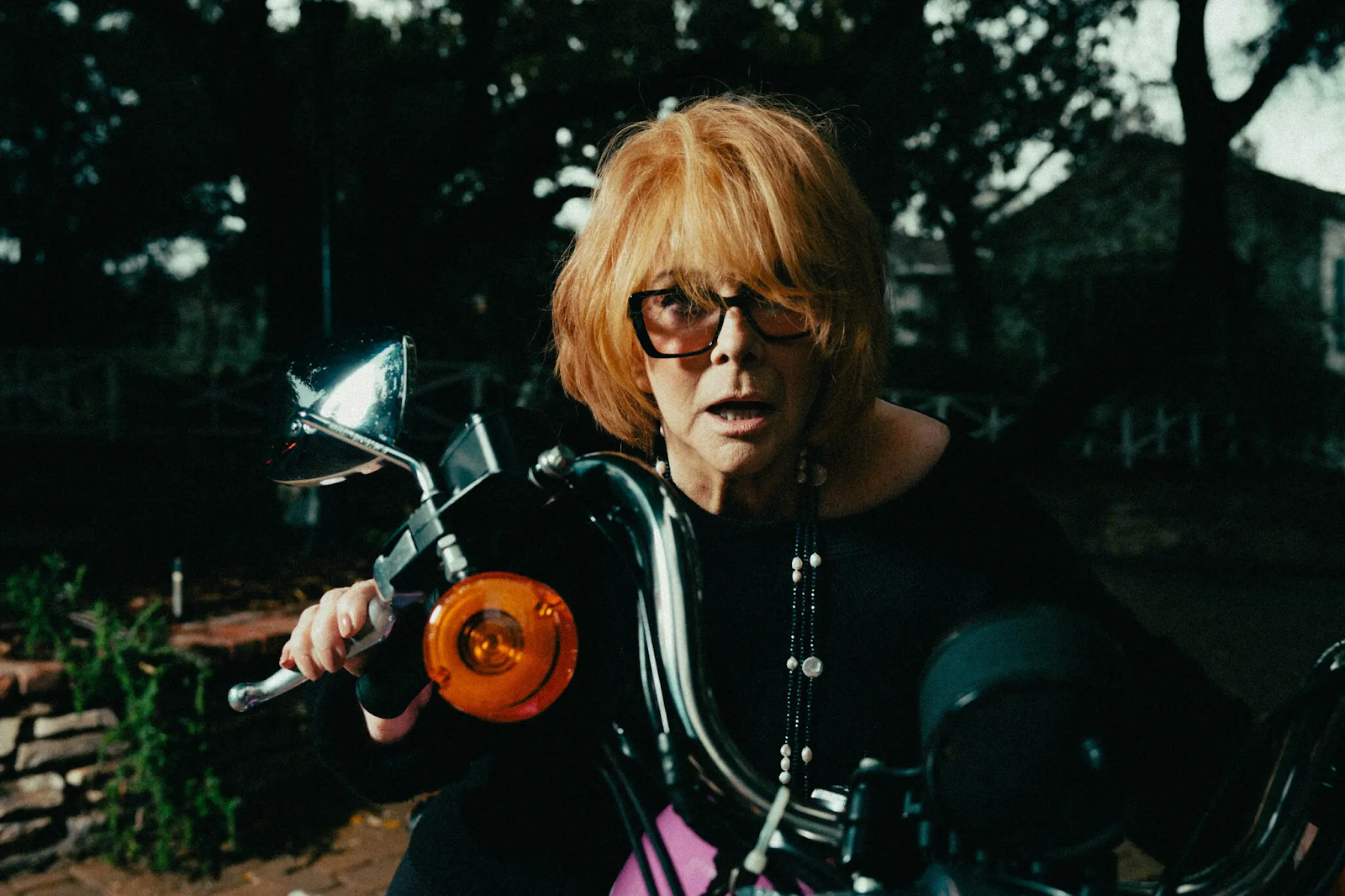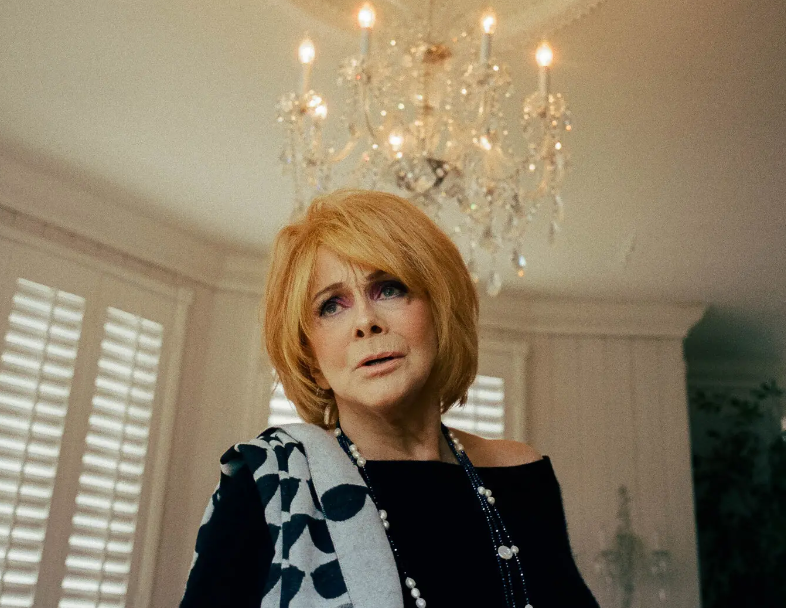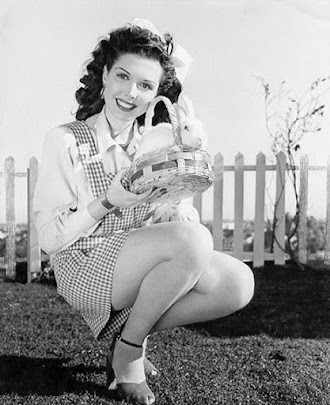Her showstoppers with Hope were “Embraceable You,” “You Made Me Love You,” and “I’ll Be Seeing You.” There was always lots of jostling and lots of wolf-whistling when Langford appeared, but when she began singing everyone went completely still and silent. Hope said, “She knows just how much sex to pour and still be dignified.”
Langford and Hope’s troupe had some other close calls. In the summer of 1943, Hope brought his troupe to a very-recently liberated North Africa and Sicily through the USO Camp Shows Division, which was established to bring entertainment directly to those fighting overseas. The entertainers experienced what it was like to take cover in basements and in foxholes during bombing raids. After witnessing a harrowing Luftwaffe raid on Bizerte from a ditch outside of town, Hope joked that “When it was over, she helped me crawl out and get to the car. I don’t think she carried me, but knowing Frances, she probably tried.”
One columnist referred to Langford as a “one woman blitz” and said that she acted as a sort of “Fairy Godmother” to the GIs. Indeed she was called “Mother Langford” by Hope and by the other members of the troupe, even though she was ten years younger than Hope. In summer 1944, when the troupe toured the Pacific, they were joined by another female member, Patty Thomas. Langford took on the role of older sister and friend. They stayed very close for the remainder of their lives.
During the war, Langford, like Hope and Colonna, wrote about her travels. Purple Heart Diary was Langford’s column for Hearst newspapers, in which she recounted episodes from her visits to wounded troops in hospitals across the country. In 1951, the column was turned into a film, starring Langford. Even though Langford performed hundreds of shows during the war all over the world in a variety of settings, the bedside and wardroom performances in military hospitals became her signature appearances. Although emotionally taxing, this work was extremely gratifying. She often recounted how she would sneak away after a song to cry, always wanting to remain calm and cheerful to her audiences.
From 1946-1951, Langford starred with Don Ameche as part of the verbal sparring married duo, The Bickersons, a popular radio comedy. She later left Hollywood, returning to her native Florida, where she opened a Polynesian club and marina in Jensen Beach. When Langford married her third husband in 1994, Patty Thomas served as her Matron of Honor. Langford died in Florida on July 11, 2005 at age 92. Her voice would live on in the memories and imaginations of a million GIs....
From 1946-1951, Langford starred with Don Ameche as part of the verbal sparring married duo, The Bickersons, a popular radio comedy. She later left Hollywood, returning to her native Florida, where she opened a Polynesian club and marina in Jensen Beach. When Langford married her third husband in 1994, Patty Thomas served as her Matron of Honor. Langford died in Florida on July 11, 2005 at age 92. Her voice would live on in the memories and imaginations of a million GIs....
THE END




.jpg)












.PNG)













.jpg)

